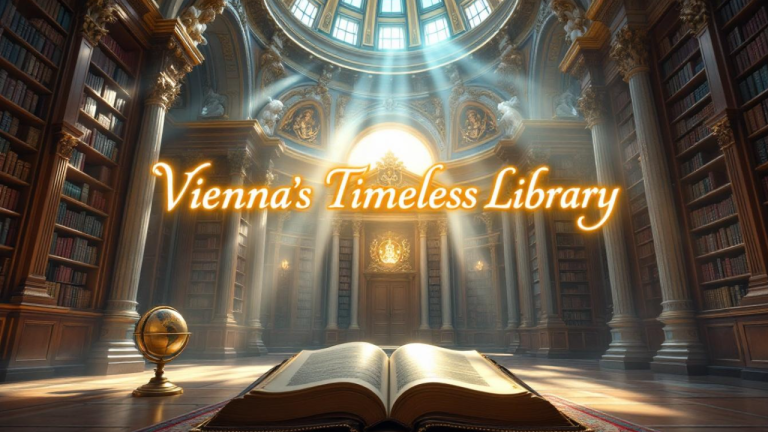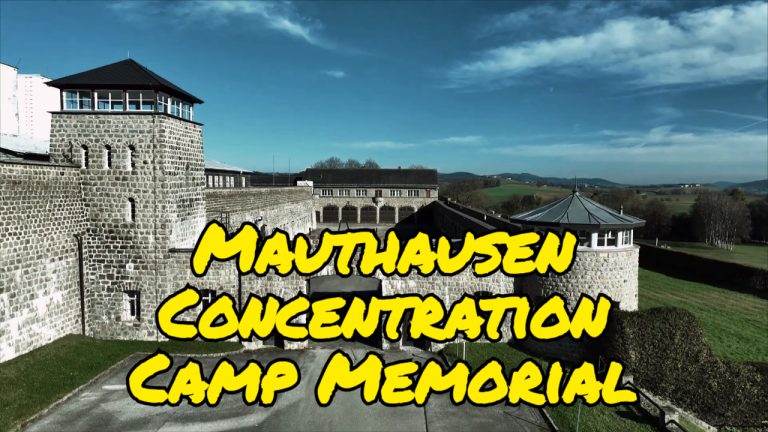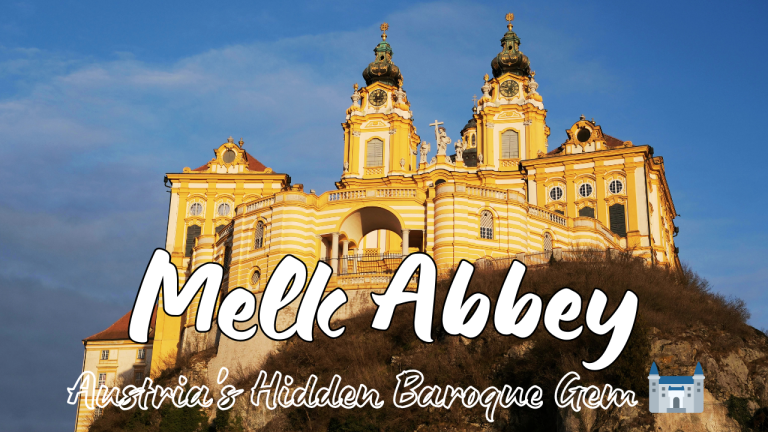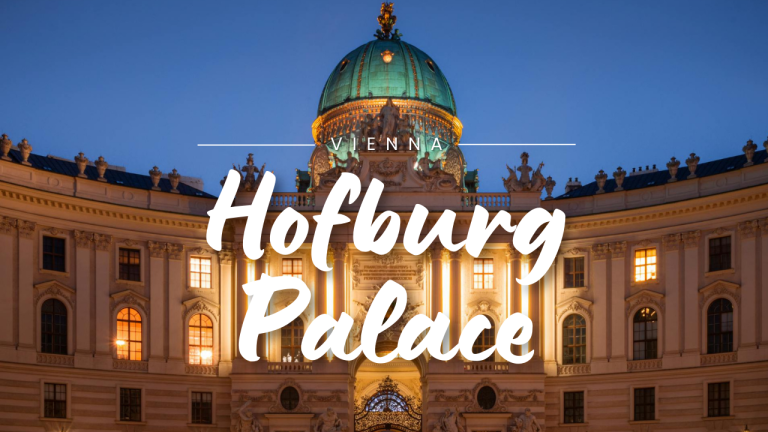Belvedere Palace: Vienna’s Baroque Marvel Unveiled
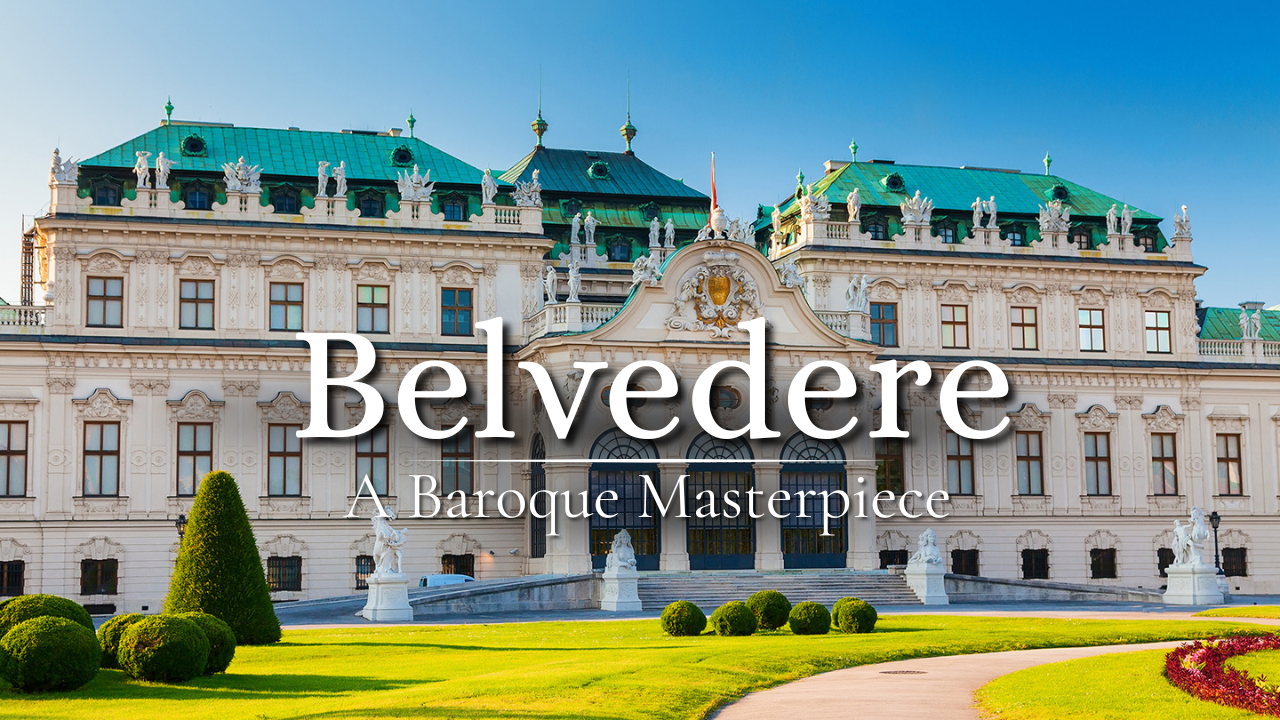
Imagine stepping into a world where art, architecture, and history converge in perfect harmony. Welcome to the Belvedere Palace in Vienna, Austria—a breathtaking masterpiece of baroque design and a UNESCO World Heritage Site. This isn’t just a palace; it’s an emblem of Austrian identity, a journey through centuries of power, art, and elegance. Join us as we explore the grandeur of the Belvedere, from its opulent halls to its iconic gardens and unparalleled art collection.
A Palace Born of Glory
To understand the Belvedere, we must travel back to 1697, a time of Austrian triumph. Prince Eugene of Savoy, a brilliant military strategist and one of the wealthiest men of his era, had just secured significant victories against the Ottoman Empire. Yet, he was more than a warrior—he was a patron of the arts and a man with a vision to showcase power through beauty.
Prince Eugene commissioned Johann Lucas von Hildebrandt, a renowned baroque architect, to create his summer residence just outside Vienna’s city walls. Construction of the Lower Belvedere began in 1712, followed by the grander Upper Belvedere in 1721. These two palaces, connected by sprawling formal gardens, were designed not merely for comfort but to dazzle and inspire awe. The Belvedere became a testament to baroque architecture at its finest—a statement of power, prestige, and artistic sophistication.
The Architecture: A Language of Elegance
The Belvedere Palace stands as a shining example of Austrian baroque architecture, distinct for its brightness, ornate details, and sense of motion. The Upper Belvedere, with its green copper roof, dramatic staircases, and sweeping central hall adorned with frescoes and columns, was designed to impress guests before they even stepped inside. Every detail, from the lion-flanked staircases symbolizing strength to the allegorical sculptures representing victory and wisdom, tells a story.
The Lower Belvedere, more intimate, served as Prince Eugene’s private residence and treasure trove. Within its walls are the Marble Gallery and the Golden Cabinet, rich with gilded stucco work and mirrored walls that reflect the flickering glow of candlelight, creating an atmosphere of timeless opulence.
The Gardens: A Symphony of Grandeur
Connecting the Upper and Lower Belvedere is one of Europe’s most magnificent baroque gardens, designed by French landscape artist Dominique Girard. Inspired by the gardens of Versailles, the Belvedere’s landscape is tiered and symbolic, representing a spiritual and worldly ascent. The three levels progress from the human world to celestial glory, with vibrant flowerbeds, ornamental fountains, and mythological statues guiding the way.
Picture strolling through hedged walkways, pausing by reflecting pools that mirror the palace’s elegance, or breathing in the fragrant blooms of lilacs and roses in spring. Each element of the garden was crafted to complement the architectural grandeur of the palace, creating an outdoor space as awe-inspiring as the interiors.
A Treasure Trove of Art
After Prince Eugene’s death in 1736, the Habsburgs acquired the Belvedere, transforming it into one of the world’s first public museums by the late 18th century. Today, the Upper Belvedere houses Austria’s national gallery, featuring an art collection that spans centuries and defines Austrian identity.
The crown jewel of this collection is Gustav Klimt’s iconic painting, The Kiss, a shimmering masterpiece of gold leaf and romantic mysticism created during Klimt’s golden phase. The gallery also boasts the world’s largest collection of Klimt’s works, including Judith and Portrait of Fritz Riedler.
Beyond Klimt, the Belvedere showcases works by Egon Schiele, Oskar Kokoschka, and French impressionists, alongside baroque masterpieces and Biedermeier art. With over 18,000 artworks, the Belvedere encapsulates Austria’s artistic evolution, making it a living archive of creativity.
Moments That Shaped History
The Belvedere is not just an architectural and artistic marvel but also a witness to pivotal moments in history. During the Napoleonic wars, parts of the palace were damaged, and under the Austro-Hungarian Empire, it became a cultural symbol. Most notably, in 1955, Austria’s State Treaty was signed in the Belvedere’s Marble Hall, officially ending Allied occupation after World War II and restoring the nation’s sovereignty.
From Prince Eugene’s victories to the signing of peace treaties, the Belvedere has stood as a symbol of Austria’s resilience and identity. Today, it welcomes over 1.5 million visitors annually, yet it retains an air of timeless elegance, inviting guests to step into a story rather than just a tourist attraction.
Experiencing the Belvedere
What does it feel like to visit the Belvedere? Imagine walking through its halls, bathed in golden accents and natural light streaming through arched windows. Stand before Klimt’s The Kiss, letting time momentarily stand still. Gaze out from the Marble Hall’s tall windows at the spires of St. Stephen’s Cathedral in the distance. In winter, the gardens are cloaked in snow; in summer, they explode with vibrant blooms. Every season offers a new perspective on this timeless masterpiece.
The Legacy of Belvedere
The Belvedere Palace is more than a historic building or an art museum—it’s a manifestation of Austria’s soul. From its baroque elegance to its role in shaping history, the Belvedere teaches us that true grandeur is about intention, creativity, and a legacy that transcends time. It’s a place where power intersects with beauty and where art becomes an enduring narrative.
So the next time you find yourself in Vienna, take a moment to skip the guidebooks. Let the Belvedere transport you to a world of ambition and elegance. Imagine Prince Eugene himself walking past, nodding with approval. You’re not just visiting a palace; you’re stepping into a story.
What aspect of the Belvedere Palace inspires you the most—its history, art, or architecture? Share your thoughts below and let’s celebrate this baroque marvel together! 🌟


